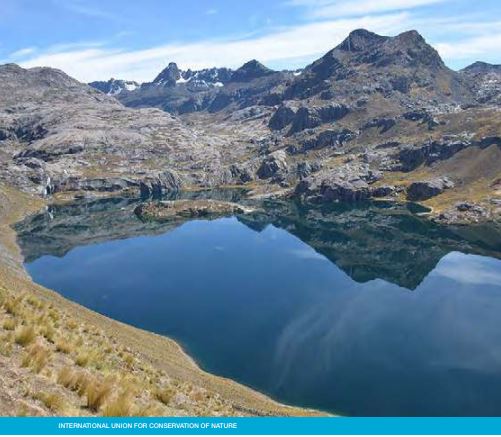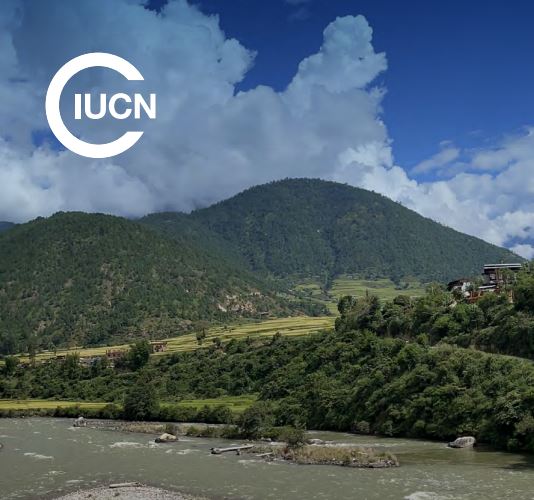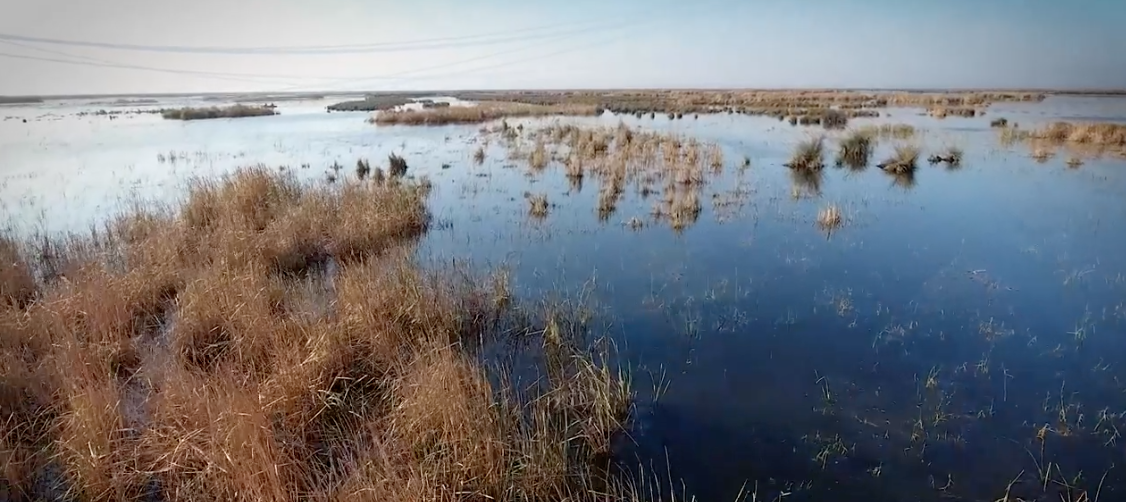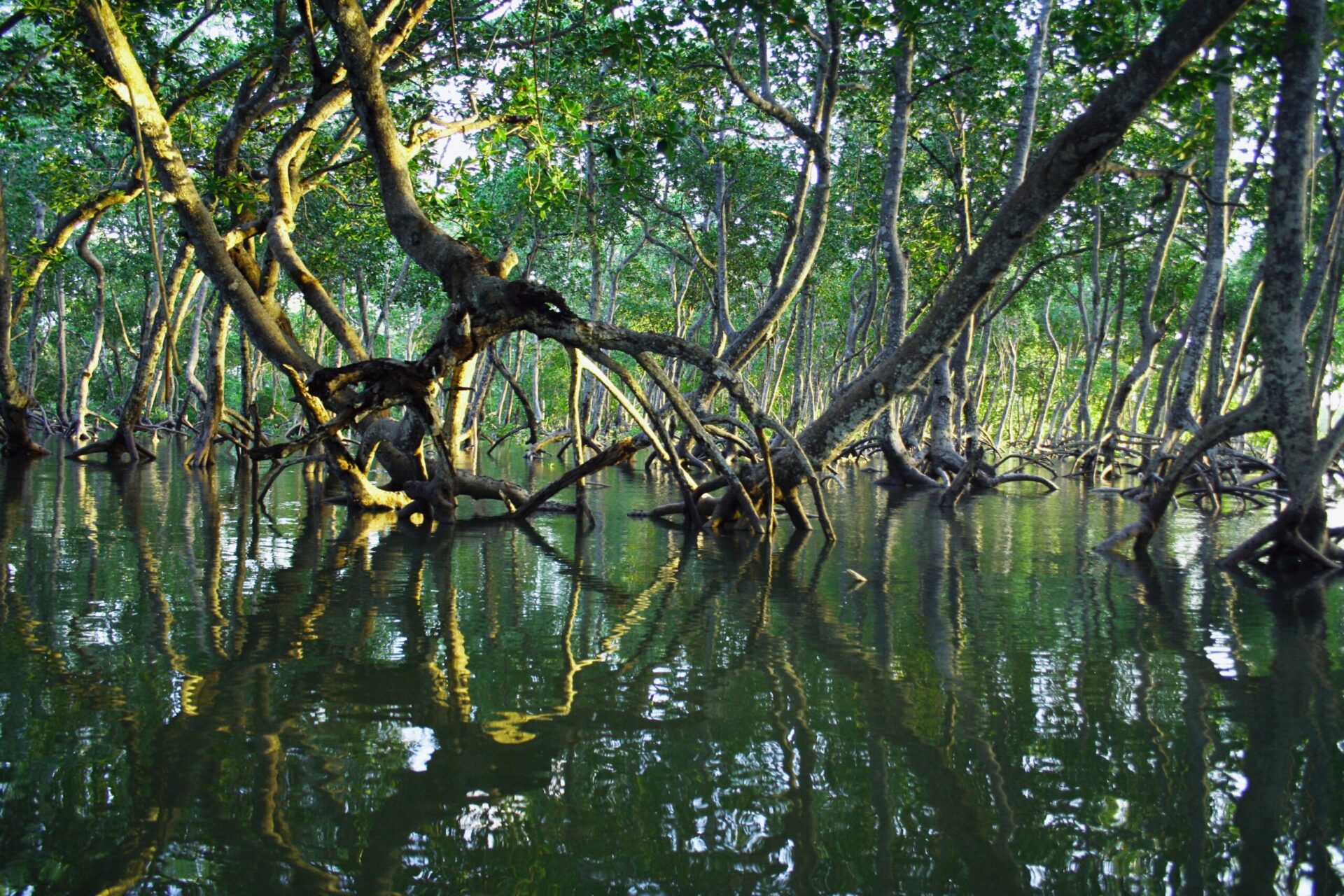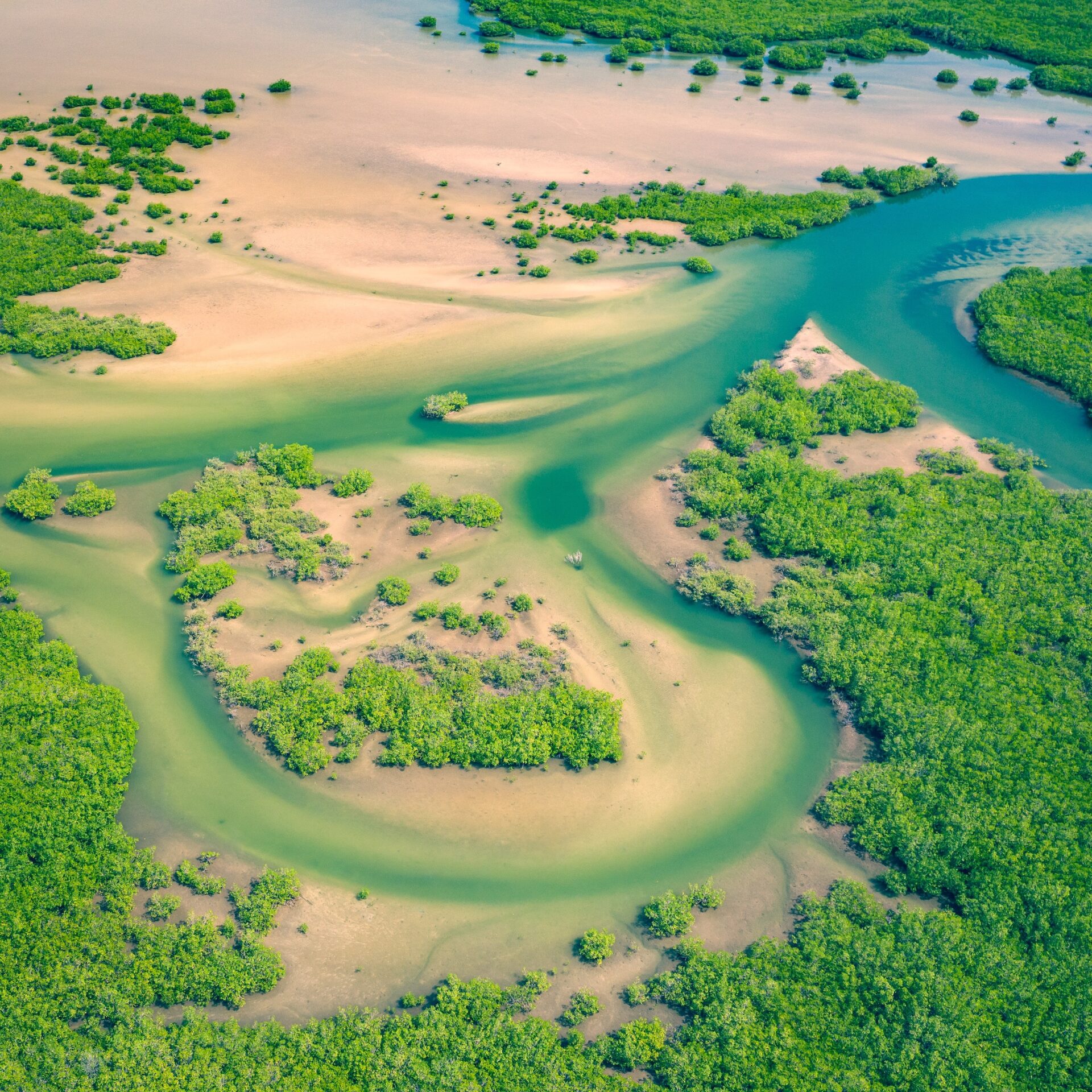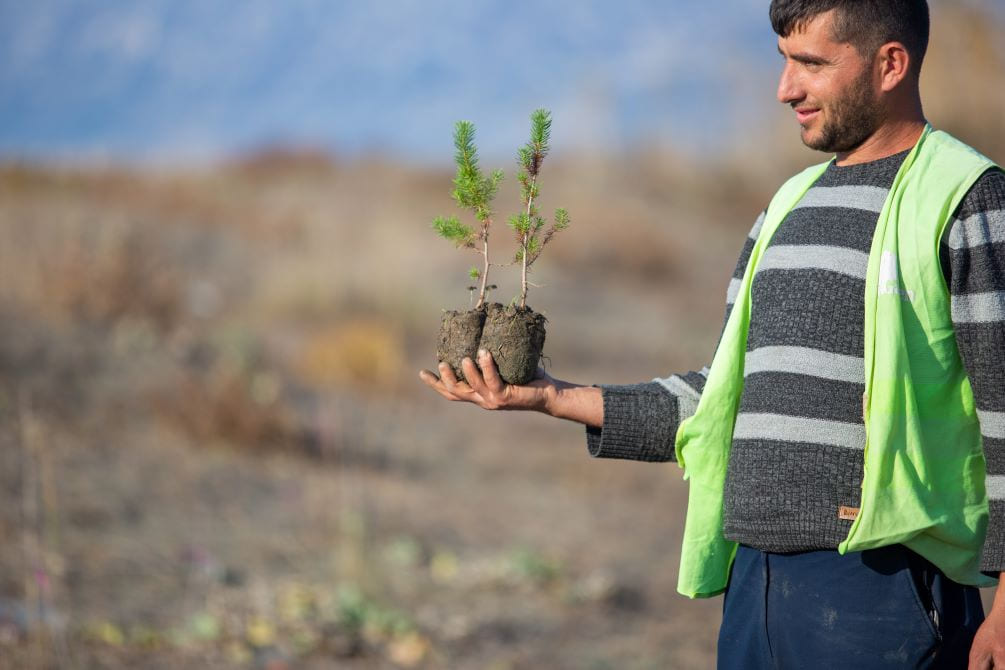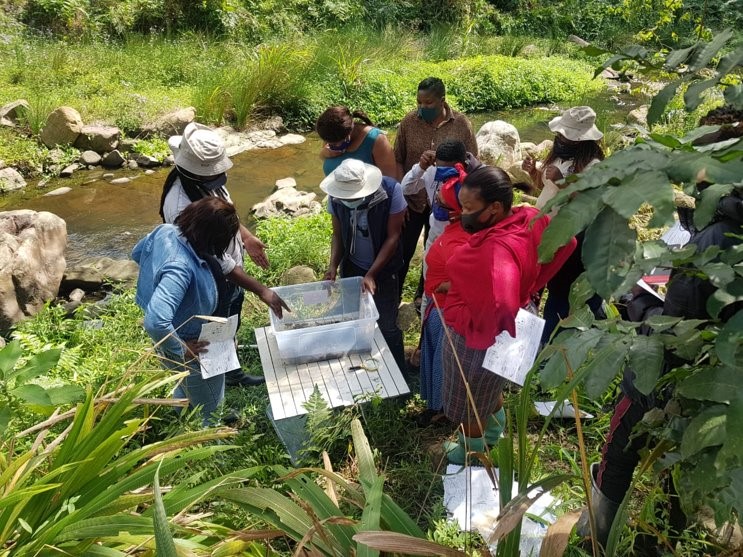IUCN

What is IUCN?
IUCN, the International Union for Conservation of Nature, helps the world find pragmatic solutions to our most pressing environment and development challenges. It supports scientific research, manages field projects all over the world and brings governments, non-government organizations, United Nations agencies, companies and local communities together to develop and implement policy, laws and best practice.
IUCN is the world’s oldest and largest global environmental network – a democratic membership union with more than 1,000 government and NGO member organizations, and almost 11,000 volunteer scientists in more than 160 countries.
IUCN’s work is supported by over 1,000 professional staff in 60 offices and hundreds of partners in public, NGO and private sectors around the world. The Union’s headquarters are located in Gland, near Geneva, in Switzerland.
IUCN’s vision and mission
Our vision is a just world that values and conserves nature.
Our mission is to influence, encourage and assist societies throughout the world to conserve the integrity and diversity of nature and to ensure that any use of natural resources is equitable and ecologically sustainable.
What does IUCN do?
Knowledge: IUCN develops and supports cutting edge conservation science, particularly in species, ecosystems, biodiversity, and the impact these have on human livelihoods.
Action: IUCN runs thousands of field projects around the world to better manage natural environments.
Influence: IUCN supports governments, NGOs, international conventions, UN organizations, companies and communities to develop laws, policy and best-practice.
Empowerment: IUCN helps implement laws, policy and best-practice by mobilizing organizations, providing resources, training people and monitoring results.
Why does the world need IUCN?
How do we balance the needs of people with the needs of the planet that supports us?
Nature, directly or indirectly, provides all of our clean air, food, water, shelter, energy, soil, medicines and protection from natural disasters, as well as recreation, inspiration, diversity and beauty.
But at the same time, human social and economic development must continue to reduce poverty and improve people’s lives.
How do we make the best decisions, based on good science rather than political dogma, and involving all types of people and organizations in our societies?
For sixty years, IUCN has led the development of conservation science and knowledge, and brought together governments, NGOs, scientists, companies and community organizations to help the world make better conservation and development decisions.
Have we always been known as IUCN?
IUCN was founded in October 1948 as the International Union for the Protection of Nature (or IUPN) following an international conference in Fontainebleau, France.
The organization changed its name to the International Union for Conservation of Nature and Natural Resources in 1956 with the acronym IUCN (or UICN in French and Spanish). This remains our full legal name to this day.
Use of the name “World Conservation Union”, in conjunction with IUCN, began in 1990. From March 2008 this name is no longer commonly used.
